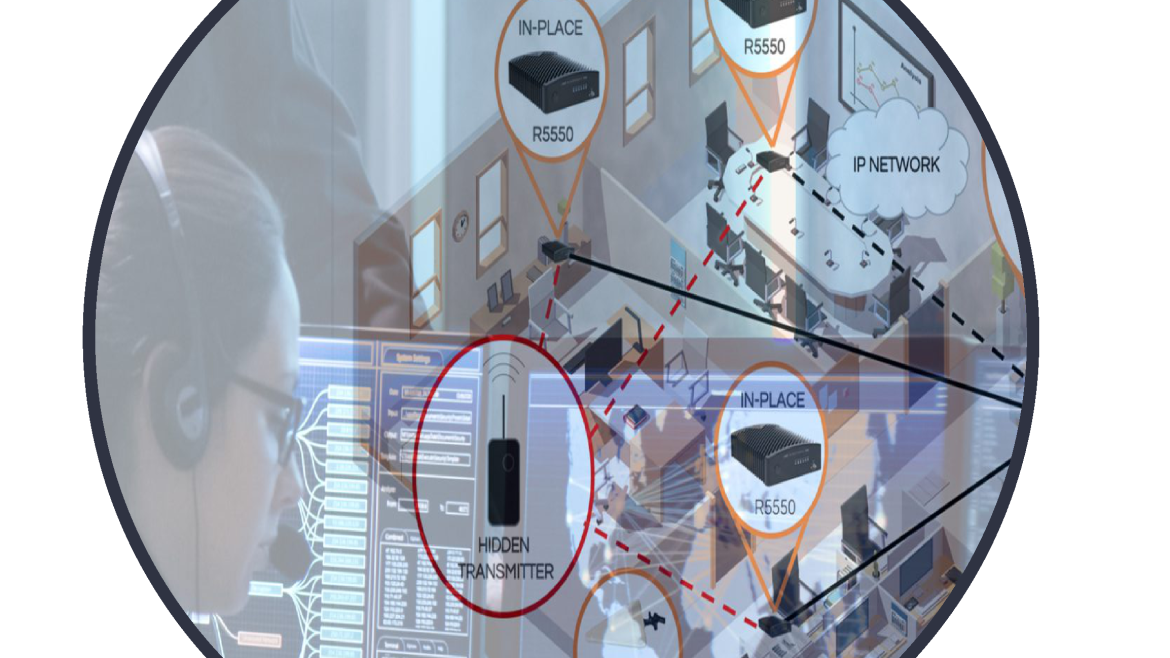In today’s interconnected world, where information flows freely, protecting one’s privacy has become increasingly challenging. Among the various threats to privacy, electronic eavesdropping stands out as a pervasive and potentially invasive practice. Whether it’s corporate espionage, government surveillance, or personal privacy breaches, the need to safeguard against electronic eavesdropping is paramount. In this blog, we’ll delve into the world of electronic eavesdropping, explore Technical Surveillance Countermeasures (TSCM), and provide recommendations for protecting against such surveillance activities.
UNDERSTANDING ELECTRONIC EAVESDROPPING
Electronic eavesdropping involves the unauthorized interception of electronic communications or the surreptitious monitoring of electronic devices. This can include phone conversations, email correspondence, data transmissions, and more. Eavesdropping activities can take various forms, such as:
- Wiretaps: Physical devices attached to phone lines or network cables to intercept communications.
- Hidden Cameras/Microphones: Small, covert devices placed in rooms or objects to capture audio or video.
- RF Bugs: Radio frequency transmitters that broadcast audio or video signals to a receiver.
- Keyloggers: Software or hardware devices that record keystrokes on a computer or mobile device.
- Spy cameras disguised as everyday objects.
RISKS AND IMPLICATIONS
The implications of electronic eavesdropping can be severe, ranging from breaches of confidentiality and privacy to financial losses and reputational damage. For businesses, the theft of sensitive information can lead to competitive disadvantages and legal liabilities. Similarly, individuals may face threats to their personal safety, identity theft, or blackmail.
INTRODUCING TECHNICAL SURVEILLANCE COUNTERMEASURES (TSCM)
Technical Surveillance Countermeasures (TSCM) encompass a range of services, equipment, and techniques aimed at detecting and neutralizing electronic eavesdropping devices. TSCM professionals employ a systematic approach to identify vulnerabilities and mitigate risks. Some common TSCM measures include:
- Physical Inspection: Thorough physical inspections of premises, including walls, ceilings, floors, and furnishings, to locate hidden devices.
- RF Sweeps: Utilizing specialized equipment to detect radio frequency signals emitted by eavesdropping devices.
- Non-linear Junction Detection: Advanced technology used to identify electronic components hidden within objects or structures.
- Telecommunications Analysis: Analyzing phone lines and network communications for anomalies or signs of interception.
- Cyber TSCM: Assessing digital systems and networks for malware, spyware, or unauthorized access.
PRACTICAL APPROACH TO PREVENTING ELECTRONIC EAVESDROPPING
While TSCM services offer comprehensive protection against electronic eavesdropping, there are several proactive measures individuals and organizations can take to enhance their security posture:
- Risk Assessment: Conduct regular risk assessments to identify potential vulnerabilities and prioritize security measures accordingly.
- Security Policies: Establish clear security policies and procedures governing the handling of sensitive information and electronic communications.
- Employee Training: Educate employees about the risks of electronic eavesdropping and train them to recognize suspicious activities or devices.
- Physical Security: Implement physical security measures such as access controls, surveillance cameras, and perimeter defenses to deter unauthorized access.
- Electronic Security: Deploy encryption, firewalls, intrusion detection systems, and antivirus software to protect digital assets from cyber threats.
- Regular Audits: Conduct periodic audits and security assessments to ensure compliance with security policies and standards.
- TSCM Services: Engage professional TSCM providers to conduct periodic sweeps and assessments of your premises and digital infrastructure.
- Control physical access: Limit access to sensitive areas and information to authorized personnel.
CONCLUSION
In an era where information is power, safeguarding against electronic eavesdropping is essential for preserving privacy, confidentiality, and security. By understanding the risks posed by electronic surveillance and implementing robust Technical Surveillance Countermeasures (TSCM) alongside proactive security measures, individuals and organizations can effectively protect themselves against the threat of eavesdropping and maintain control over their sensitive information.




